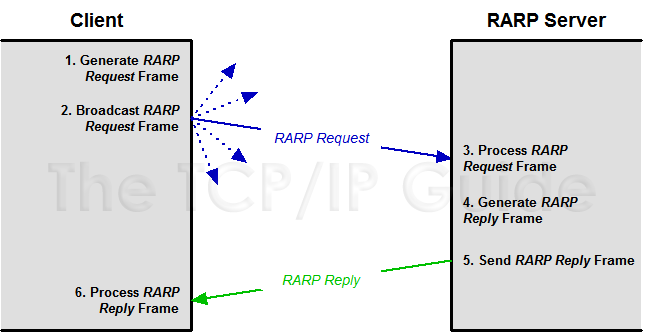 |
|
Please Whitelist This Site?
I know everyone hates ads. But please understand that I am providing premium content for free that takes hundreds of hours of time to research and write. I don't want to go to a pay-only model like some sites, but when more and more people block ads, I end up working for free. And I have a family to support, just like you. :)
If you like The TCP/IP Guide, please consider the download version. It's priced very economically and you can read all of it in a convenient format without ads.
If you want to use this site for free, I'd be grateful if you could add the site to the whitelist for Adblock. To do so, just open the Adblock menu and select "Disable on tcpipguide.com". Or go to the Tools menu and select "Adblock Plus Preferences...". Then click "Add Filter..." at the bottom, and add this string: "@@||tcpipguide.com^$document". Then just click OK.
Thanks for your understanding!
Sincerely, Charles Kozierok
Author and Publisher, The TCP/IP Guide
|
|
|

Custom Search
|
 |
The TCP/IP Guide 9 TCP/IP Lower-Layer (Interface, Internet and Transport) Protocols (OSI Layers 2, 3 and 4) 9 TCP/IP Network Interface / Internet "Layer Connection" Protocols |
|
Reverse Address Resolution and the TCP/IP Reverse Address Resolution Protocol (RARP)
(Page 3 of 4)
RARP General Operation
Here are the steps followed in a RARP transaction (illustrated in Figure 53):
|
- Source Device Generates RARP Request
Message: The source device generates an RARP Request message.
Thus, it uses the value 3 for the Opcode in the message. It puts
its own data link layer address as both the Sender Hardware Address
and also the Target Hardware Address. It leaves both the Sender
Protocol Address and the Target Protocol Address blank, since
it doesn't know either.
- Source Device Broadcasts RARP Request
Message: The source broadcasts the ARP Request message on
the local network.
- Local Devices Process RARP Request
Message: The message is received by each device on the local network
and processed. Devices that are not configured to act as RARP servers
ignore the message.
- RARP Server Generates RARP Reply
Message: Any device on the network that is set up to act as an RARP
server responds to the broadcast from the source device. It generates
an RARP Reply using an Opcode value of 4. It sets the
Sender Hardware Address and Sender Protocol Address to
its own hardware and IP address of course, since it is the sender of
the reply. It then sets the Target Hardware Address to the hardware
address of the original source device. It looks up in a table the hardware
address of the source, determines that device's IP address assignment,
and puts it into the Target Protocol Address field.
- RARP Server Sends RARP Reply Message:
The RARP server sends the RARP Reply message unicast to the device
looking to be configured.
- Source Device Processes RARP Reply Message: The source device processes the reply from the RARP server. It then configures itself using the IP address in the Target Protocol Address supplied by the RARP server.
It is possible that more than one RARP server may respond to any request, if two or more are configured on any local network. The source device will typically use the first reply and discard the others.
|
| |||||||||||||||||||
Home - Table Of Contents - Contact Us
The TCP/IP Guide (http://www.TCPIPGuide.com)
Version 3.0 - Version Date: September 20, 2005
© Copyright 2001-2005 Charles M. Kozierok. All Rights Reserved.
Not responsible for any loss resulting from the use of this site.






